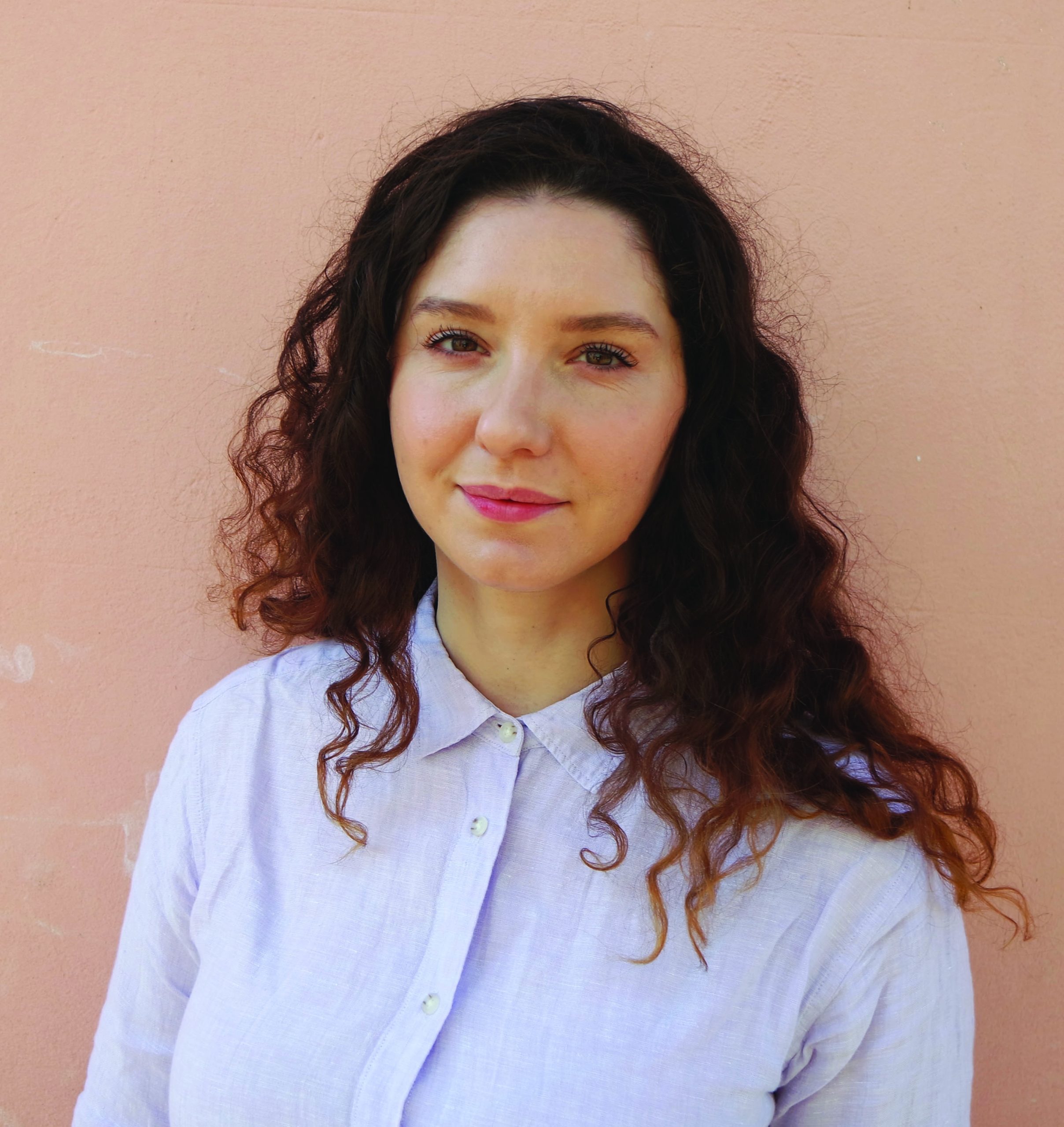Toward the end of Lauren Groff’s dazzling third novel Fates and Furies is an observation: “It was mathematical, marriage. Not, as one might expect, additional. It was exponential.” This is not only one of the novel’s treasure trove of insights about the human condition, but it also describes the essential thrust of this white whale of a novel.
All of us in marriages, I think, no matter how good or how sturdy our marriages are, understand that marriage is a mutually agreed upon narrative—the marriage is sustained by joint stories about how we fell in love and the things that have happened to test or fortify the marriage. Maintaining some or all of these stories with a spouse fuels the conditions that make a marriage fruitful, productive. A sudden surprise revelation—one that violates the essence of a marriage story—could bring down the relationship like a house of cards.
The plot of Fates and Furies is, at first, almost too simple. Lancelot “Lotto” Satterwhite is an attractive actor at Vassar whose father died in Lotto’s youth, while his mother Antoinette was pregnant. Lotto marries his classmate, a reserved model named Mathilde. The first half of the book, titled “Fates,” cycles through the story of Lotto’s birth, his teen years, his early marriage, his failure as an actor, and his realization of his true vocation as a playwright. Mathilde glimpses his talent in a draft of a play about his father, which he writes while balls-out drunk. Of course, as in any great novel, the set-up is just significant enough to make the fall equally dramatic.
There are minute red flags planted throughout Lotto’s “Fates” section. At a wine-tasting party several years after their wedding, Lotto observes his wife as bedraggled, hair unwashed, and notes “She struck him as an artist who’d never found her medium, restlessly testing this and that but unable to find a ways to articulate her urgency. Maybe she’d find it in children.” At the opening of one of his plays, a family friend and sister tell Mathile and Lotto that the plot of the play shows just how much he wants children. Mathilde shrugs off their interpretation, but his response is less certain. Returning from an artists’ colony, he notes that Mathilde was “browned, as if she’d been pickled in her own loneliness.” In spite of these tiny signs that something it amiss, it is unnerving as a reader to realize that the atmospheric, summer-magical story he has been telling himself about his marriage—the story we’ve been told—is much more dark and complex that we’d imagined.
The seeming simplicity of the premise is complicated by a structure that echo the the romantic comedy He Said, She Said as well as the more recent blockbuster Gone Girl. The second half of the novel, titled “Furies,” is Mathilde’s version of their romance and marriage. After rolling around in Lotto’s worldview for so long—an experience that feels fun and comfortable, like being in the mind of a Golden Retriever—stepping into Mathilde’s viewpoint is grim and a little scary—her disciplined, goal-directed intelligence, so much darker and more free-ranging than what society expects of women, holds the reader at arms-length.

Throughout, the novel is seeded with playful, fantastic allusions to Greek mythology and drama. At one point, watching Nero fuels in Lotto an interest in writing an opera of his own—the Antigonad. I found myself feeling I’d actually seen some of his plays, and closely followed his career in the papers because excerpts of the plays themselves (“The Springs,” “One-Eyed King,” “The House in the Grove,” “Gacy,” “Hamlin in Winter” “Eleanor of Aquitaine,” and others) as well as their critical reception and notes on their creation are included in the novel.
What is so interesting about Fates and Furies is that it is about timeless subjects, and has classical motifs, yet it also feels contemporary, fresh and relevant. For example, in one memorable sequence, Lotto is forced to come face to face with his white male privilege at a symposium of playwrights on the future of theater at Stanford University. The Native American playwright makes a number of comments fueled by contemporary social justice concerns. Among other things, he notes that technology has freed women from childbearing and drudgery by democratizing knowledge and allowing them to watch plays and compose music from home. In irritation, Lotto replies that his wife “loves to cook and clean and edit my work; it makes her happy to do these things.” He then makes a number of politically incorrect comments about gender and creativity, claiming, “If women have historically demonstrated less creative genius than men it’s because they’re making their creations internal, spending the energies on life itself. It’s a kind of bodily genius.” The crowd turns cold and Mathilde walks out of the auditorium, leaving him to walk more than thirty miles from Stanford to their San Francisco hotel along El Camino Real.
All of Groff’s novels evince her preoccupation with the role of storytelling in our lives. In Arcadia, Groff’s second novel, the main character Bit “manipulates images: he knows stories don’t need to be factual to be vital. He understands with a feeling inside him like a wind whipping through a room that when we lose the stories we have believed about ourselves, we are losing more than stories, we are losing ourselves.” Similarly, Lotto thinks “He was in the business of narrative; he knew how one loose word can make the whole edifice crumble.”
As with Arcadia, the early emotional movements in Fates and Furies are tiny and subtle. Also like Arcadia, the novel can feel a little out-of-focus, like a fabulous dream, rather than a reality we can sink into and gnaw. However, the book departs from Arcadia at the sentence-level. Where Arcadia created a sense of the idyllic through its long, flowing sentences, Fates and Furies is told in two voices, both of which incorporate disjointed fragment sentences and interesting punctuation that read operatically.
The operatic thrust can play a little broad. For example, a big reveal about the marriage two-thirds through the book is told in the form of a play and in the margin next to it, on a first read, I noted my immediate reaction — “goofy & hysterical?” In the final analysis, however, the risk of writing about big emotions is part of what is so exciting and charming about this novel. While some literary novels hold back, sticking to a safe and narrow domestic realism, Fates and Furies never does. Certain elements of the novel can feel absurd, but no smart reader would want to eliminate this, thereby reducing the volume or intensity or cathartic thrill of the book.
Groff’s earlier novels were quirky and beautifully written, but this novel is more: it’s a tour de force. Thrilling, kaleidoscopic, impressionistic, and seeded with important questions about love, art, and storytelling, Fates and Furies is an unforgettable masterpiece, likely to be among the best novels of the year.




